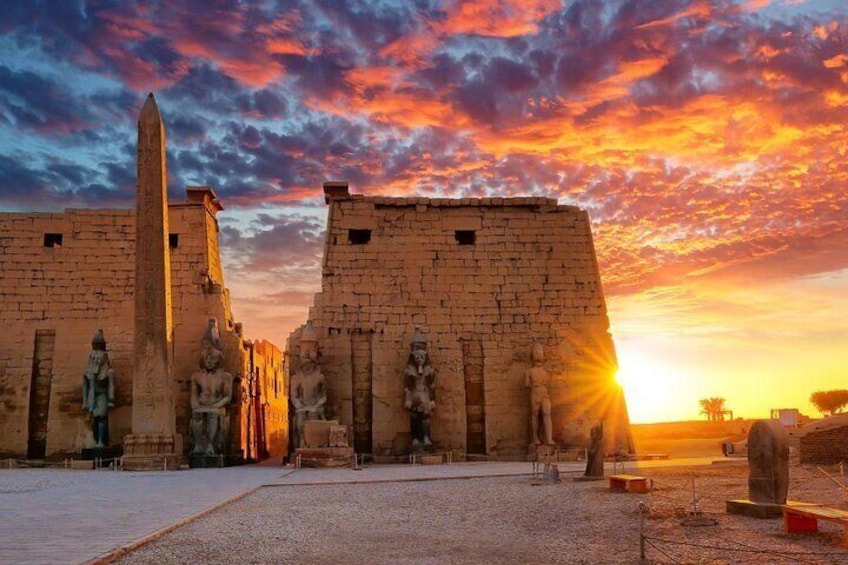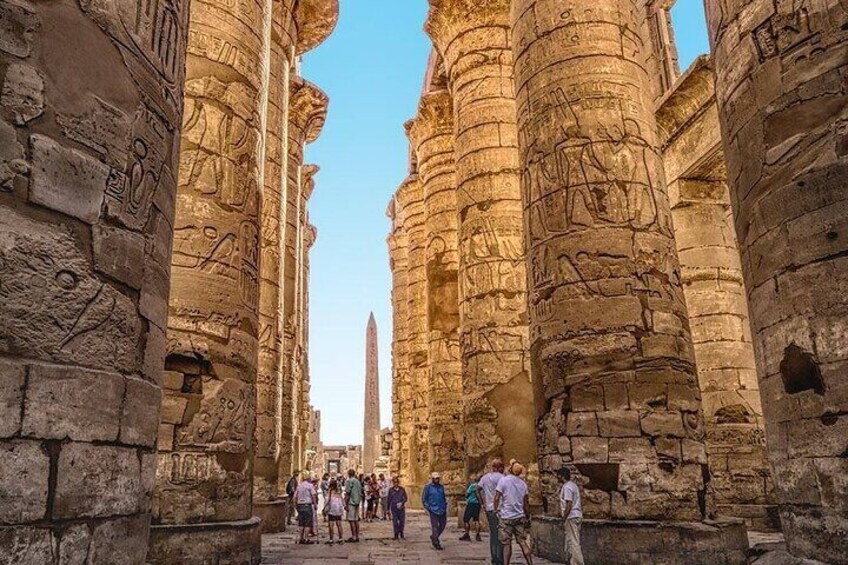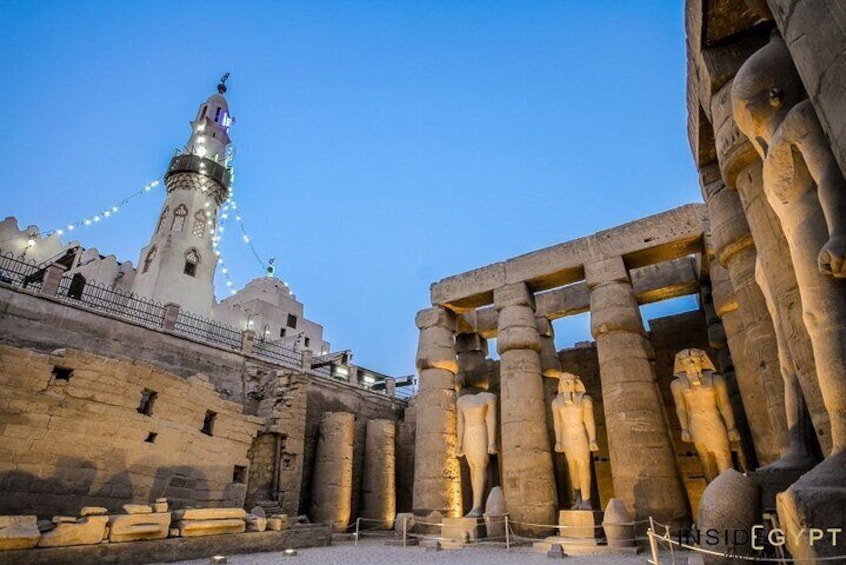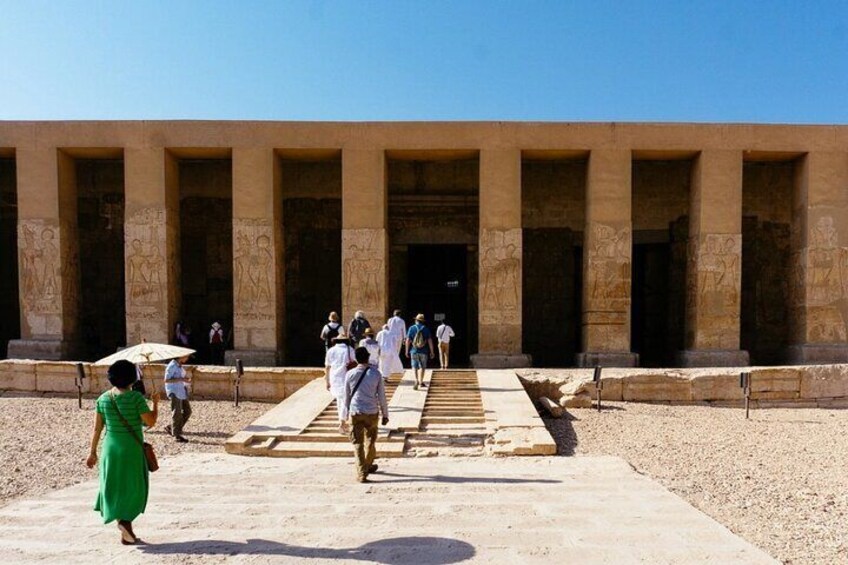ログインして現地ツアーを予約すると、OneKeyCash を獲得





特徴
基本情報
現地ツアーの場所
集合 / 利用場所
利用可能日を確認
ルクソール観光2日間プライベートツアー–イースト&ウエストバンクハイライト
送迎を含む
料金の詳細
大人 3 名 x ¥4,510¥13,530
合計
12 月 19 日 (金) まで
このページのコンテンツは、機械翻訳で生成されています。
現地ツアーの旅程
場所
現地ツアーの場所
集合 / 利用場所
お得な現地ツアー
世界の魅力を間近で体験しませんか ? 滞在先の近くで楽しみたい方にも、少し足を延ばしたい方にもおすすめのお得な現地ツアーを取り揃えています。エクスペディアが提供するとっておきの現地ツアーで、Luxorを思いどおりに満喫してください。自然や文化、グルメを楽しみたい方から、ちょっとしたアドベンチャーを体験したい方まで、希望どおりの現地ツアーがきっと見つかります。
Luxorで人気の現地ツアー
見どころ満載のLuxorでは、何をするべきか迷ってしまうかもしれません。エクスペディアなら、Luxorの観光スポット、ツアー、アクティビティが簡単に見つかります。家族連れ、カップル、ビジネス旅行者の方も、エクスペディアで理想どおりの現地ツアーを見つけて、Luxorで一生の思い出を作りましょう。